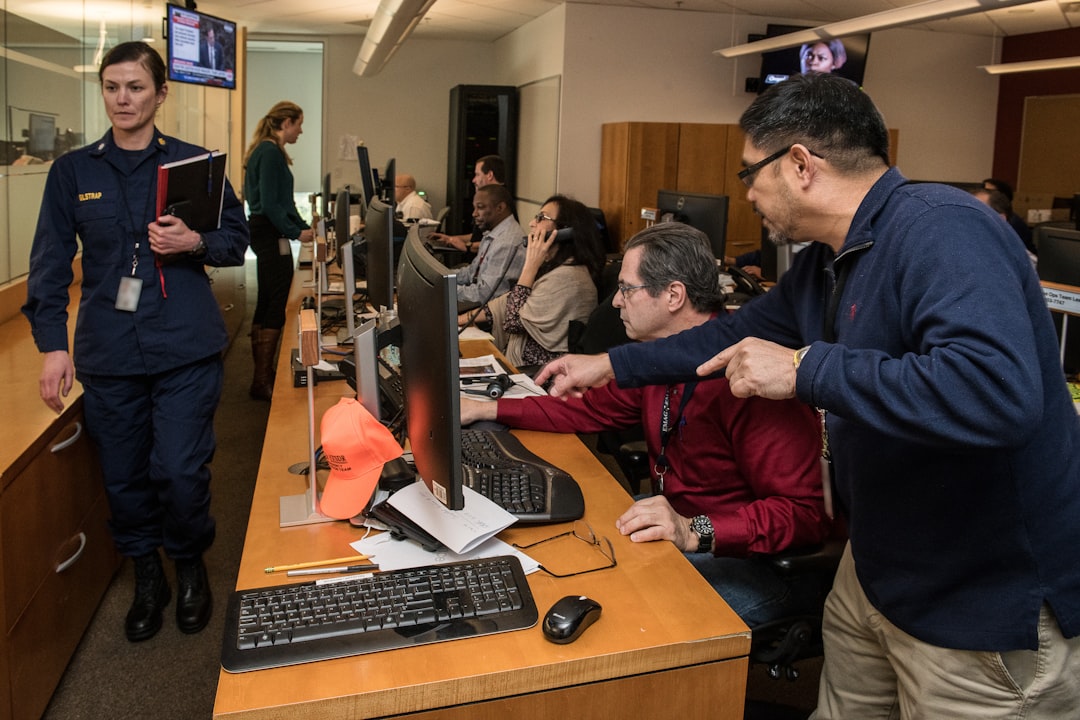Getting To The Point –

As winter approaches, keeping your furnace in excellent condition is vital to a warm home. When a furnace malfunctions, the associated repair costs might be worrisome, making it important to know the influencing factors. A well-maintained furnace not only keeps your home comfortable but also operates more efficiently and safely. Understanding furnace repair expenses equips you to make informed choices and prepare financially. Here’s the link to learn more about the awesome product now!
Factors Influencing Furnace Repair Costs
Several key factors determine the cost of furnace repairs. One of the primary considerations is the type and severity of the issue. Minor repairs, such as replacing a worn-out filter or a broken thermostat, generally cost less than major issues, such as fixing a heat exchanger or replacing a blower motor. Repairs that are more intricate often demand specialized parts and labor, increasing expenses. Here’s the link to read more about this now!
Additionally, the age of your furnace plays a role in repair costs. With age and wear, furnaces often need more frequent and intensive repairs. Older models may require harder-to-find, pricier parts, which affects repair budgets.
Breakdown of Common Furnace Repair Services and Their Costs
Knowing the average costs of common furnace repairs offers insights into potential expenses. Below are some of the most common furnace repairs and their usual costs. See, this site has all the info you need to learn about this amazing product.
Thermostat Repair or Replacement: The thermostat is responsible for regulating the temperature in your home. When it malfunctions, it can lead to uneven heating or a furnace that won’t turn on at all. Repairing or replacing a thermostat is usually one of the less costly repairs, generally ranging from $100 to $300.
Ignitor Replacement: Newer furnaces rely on an ignitor to initiate heating. When the ignitor fails, the furnace won’t produce warmth. Ignitor replacements are fairly common and typically range between $150 and $300. You can read more on the subject here!
Blower Motor Repair or Replacement: This motor circulates warm air through your home’s ventilation system. A malfunctioning blower motor may let the furnace produce heat, yet it won’t circulate as it should. Costs for blower motor repairs vary significantly, from $150 to $450. A complete replacement can cost $500 to $1,500, depending on the model.
Heat Exchanger Repair or Replacement: This essential part isolates combustion gases from the circulating air in your house. A damaged heat exchanger poses a safety risk and requires immediate attention. Such repairs can be expensive, ranging from $1,500 to $3,500. Click here to learn more about this service!
Other Costs to Be Aware Of
Additional costs beyond parts and labor can add to the price of furnace repairs. Emergency repair fees are common if you require immediate assistance outside of normal business hours, such as during weekends or holidays. This extra charge can add $100 to $300 to your total expenses.
When a technician inspects the problem, there is usually a service call fee. Service call fees, usually between $50 and $150, are often separate from actual repair charges. Certain companies may waive the service call charge if you agree to the repair. See, click here for more info about this!
Avoiding Expensive Furnace Repairs
Regular maintenance is key to avoiding high furnace repair costs. Changing filters every few months is a simple way to enhance furnace longevity. Annual check-ups by a certified technician help catch minor issues early, avoiding larger costs. Click here to get even more info on the subject!
In a tune-up, the technician examines, cleans, and addresses potential wear on critical parts of the furnace. Taking these steps is far less costly than repairs and keeps the furnace running efficiently and safely. This page has all the info.
Deciding Between Repair and Replacement
High repair expenses may make furnace replacement a better option, particularly for units older than 15 years. A new furnace may have a higher upfront cost, but it can save you money in the long run with improved efficiency and lower maintenance needs. View here for more info on this product.
HVAC professionals often suggest replacement if repairs exceed 50% of a new furnace’s cost. The energy savings from a newer model can also make a replacement financially beneficial over time. Click here for more helpful tips on this company.
Wrapping Up
Having a clear view of furnace repair expenses empowers you to make sound choices regarding furnace upkeep, repairs, or replacement. Knowing these factors allows for better budgeting and reduces the risk of surprise costs. Regular maintenance, timely repairs, and understanding when replacement is the better option all contribute to the longevity and efficiency of your furnace. Here’s the link to learn more about the awesome product.
Suggested Post: more tips here
 In both residential and commercial properties,
In both residential and commercial properties,  Your Comprehensive Guide to Water Damage Restoration
Your Comprehensive Guide to Water Damage Restoration Advantages of Expert Home Heating Solutions
Advantages of Expert Home Heating Solutions